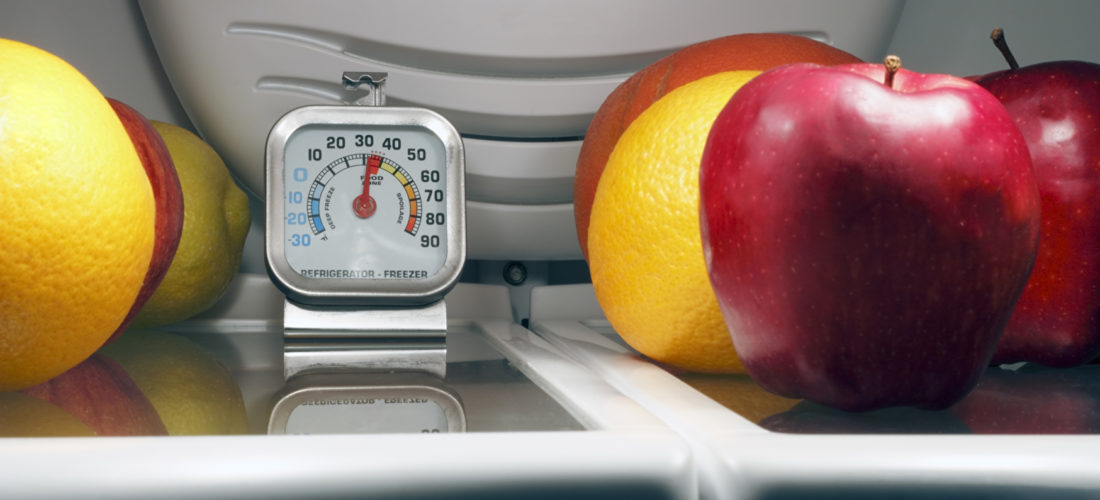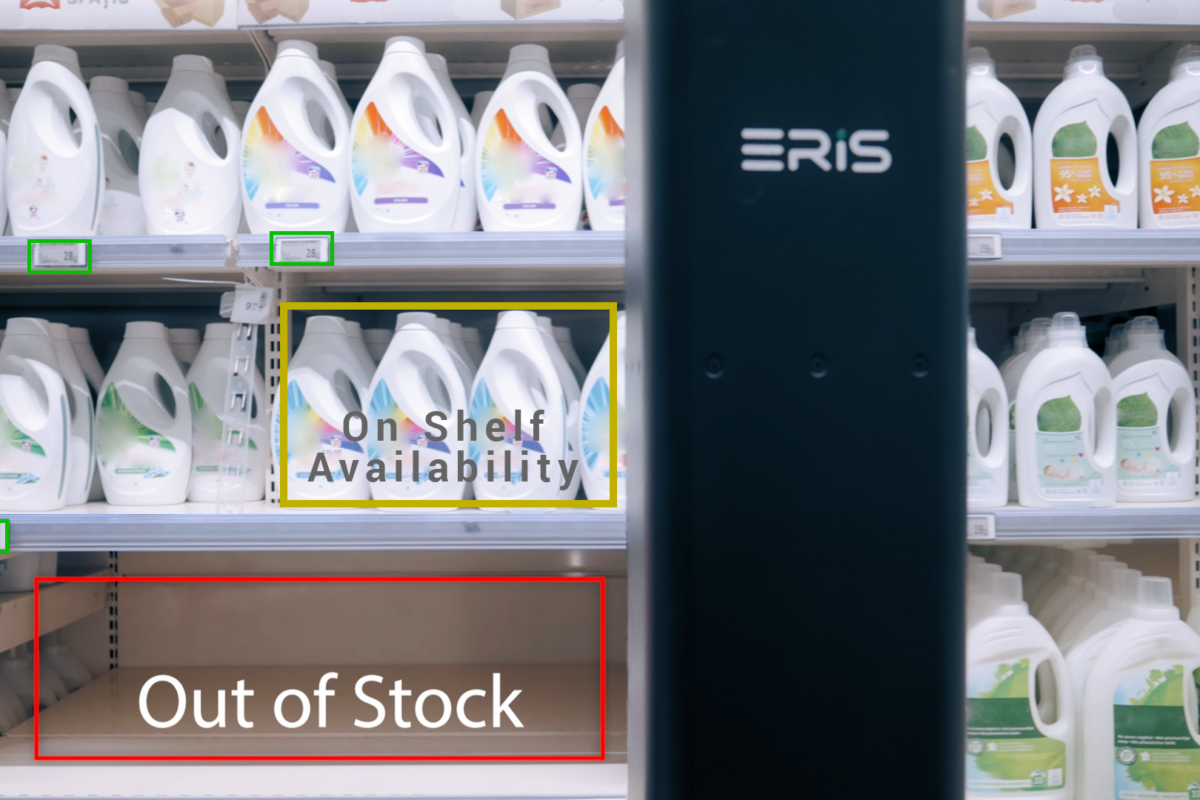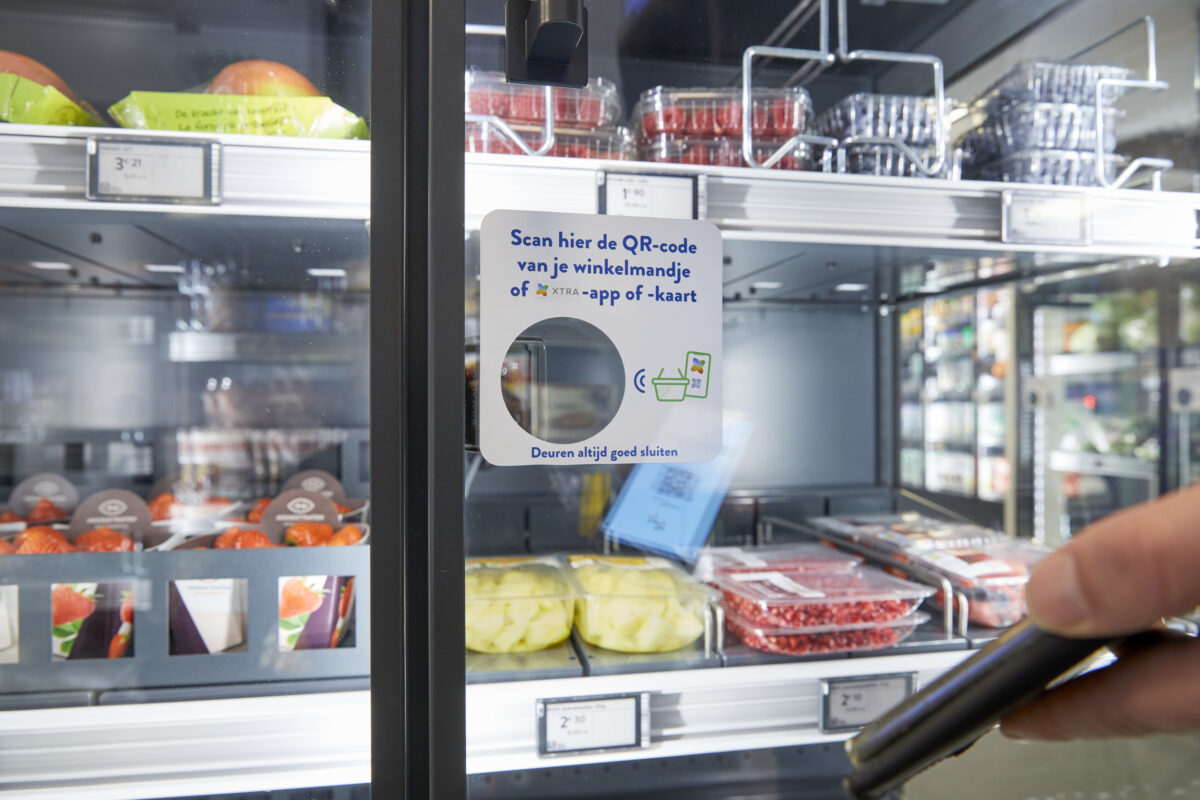Monitoring plant hormones to reveal perishability of fruits and vegetables
As flowers bloom and fruits ripen, they emit a colorless, sweet-smelling gas called ethylene. MIT chemists have now created a tiny sensor that can detect this gas in concentrations as low as 15 parts per billion, which they believe could be useful in preventing food spoilage.
The sensor, which is made from semiconducting cylinders called carbon nanotubes, could be used to monitor fruit and vegetables as they are shipped and stored, helping to reduce food waste, says Timothy Swager, the John D. MacArthur Professor of Chemistry at MIT. “There is a persistent need for better food management and reduction of food waste,” says Swager. “People who transport fruit around would like to know how it’s doing during transit, and whether they need to take measures to keep ethylene down while they’re transporting it.”
Ethylene is produced by most plants, which use it as a hormone to stimulate growth, ripening, and other key stages of their life cycle. Produce and flowers under stress can overproduce ethylene, leading them to ripen or wilt prematurely. It is estimated that every year U.S. supermarkets lose about 12 percent of their fruits and vegetables to spoilage, according to the U.S. Department of Agriculture.
Swager and Fong, MIT postdoc Darryl Fong is the lead author of the paper, created a new kind of ethylene sensor that is also based on carbon nanotubes but works by an entirely different mechanism, known as Wacker oxidation. Instead of incorporating a metal such as copper that binds directly to ethylene, they used a metal catalyst called palladium that adds oxygen to ethylene during a process called oxidation. As the palladium catalyst performs this oxidation, the catalyst temporarily gains electrons. Palladium then passes these extra electrons to carbon nanotubes, making them more conductive. By measuring the resulting change in current flow, the researchers can detect the presence of ethylene. The sensor responds to ethylene within a few seconds of exposure, and once the gas is gone, the sensor returns to its baseline conductivity within a few minutes. “You’re toggling between two different states of the metal, and once ethylene is no longer there, it goes from that transient, electron-rich state back to its original state,” Fong says.
Source: Massachusetts Institute of Technology





















